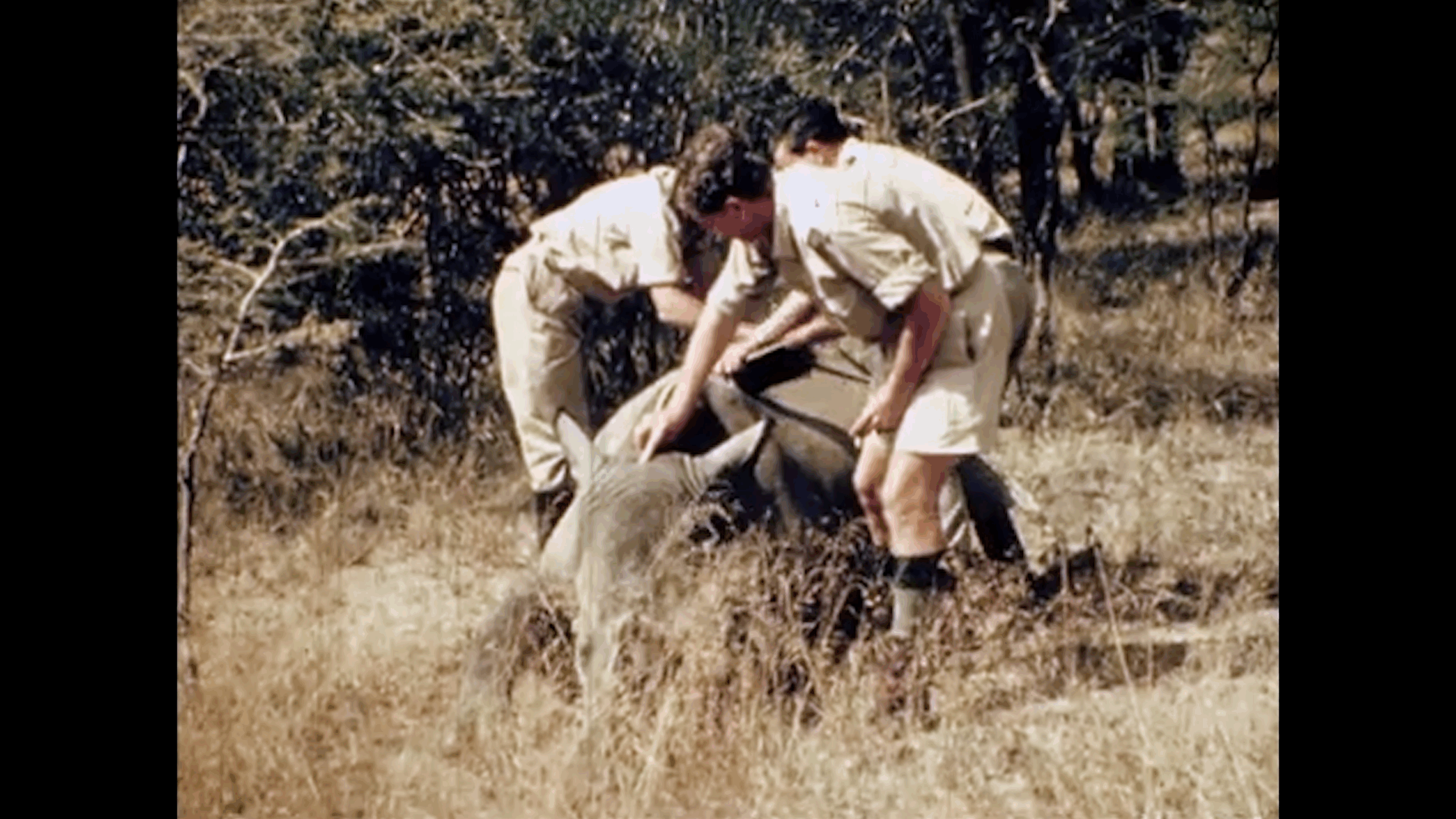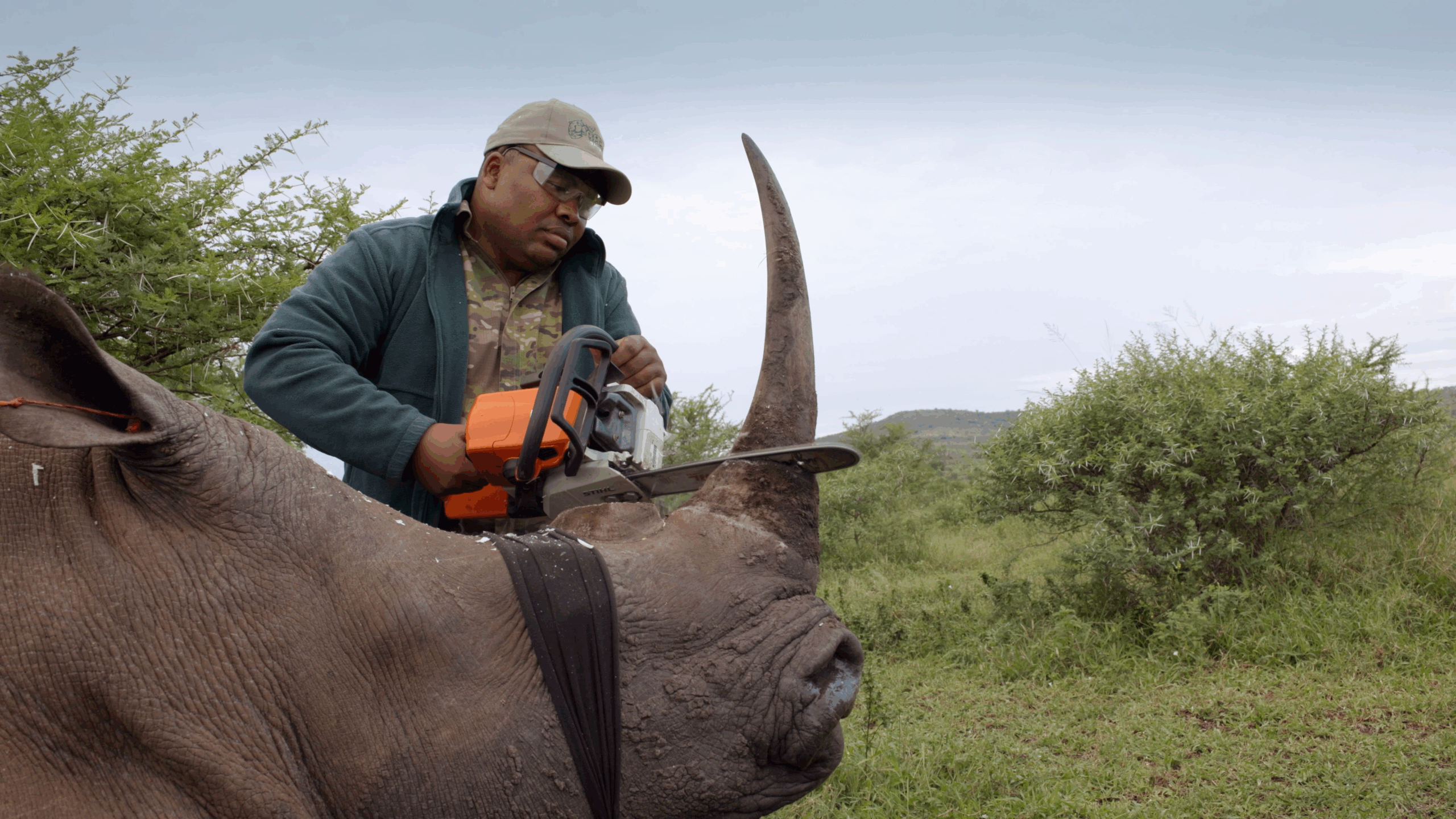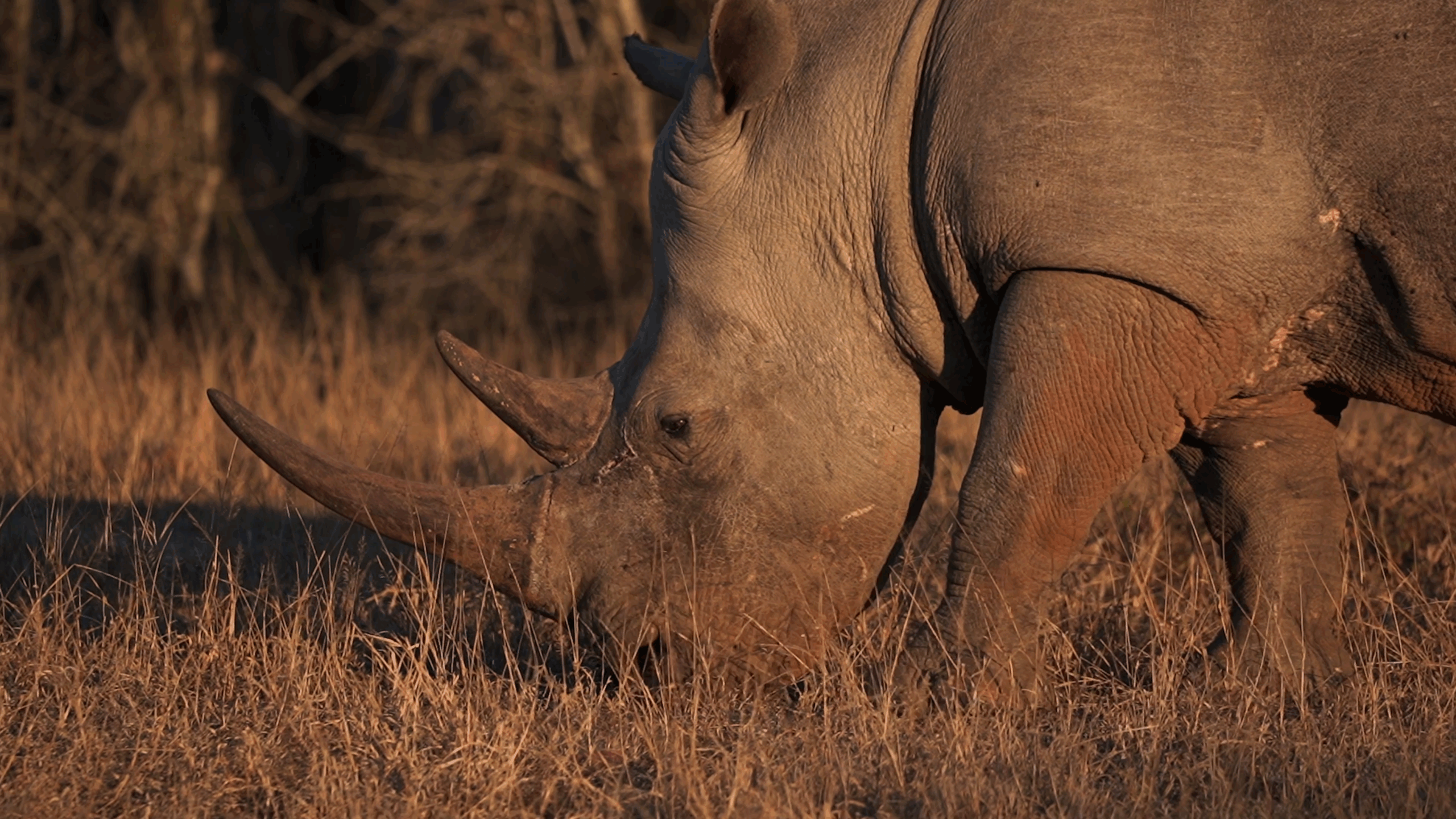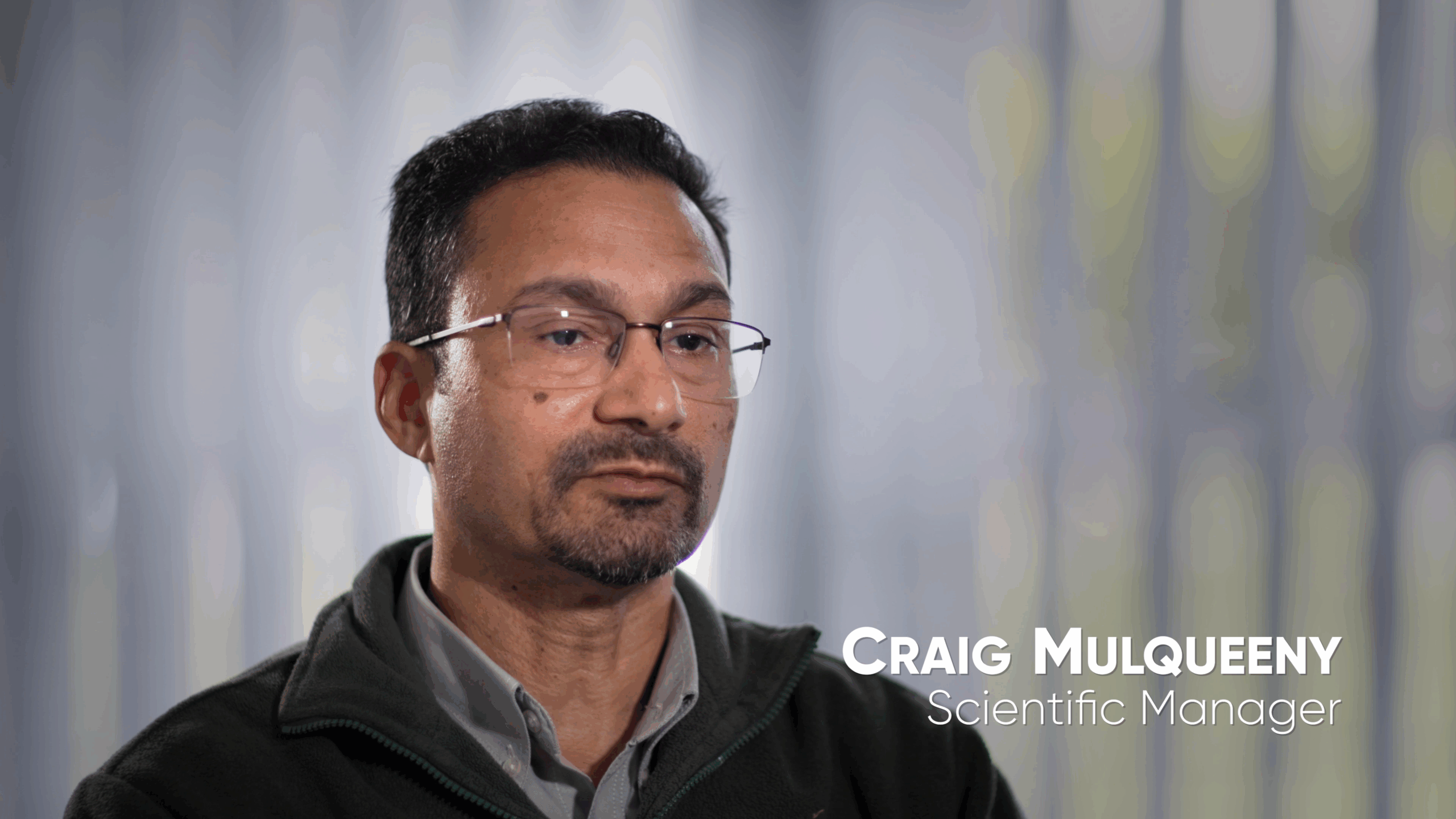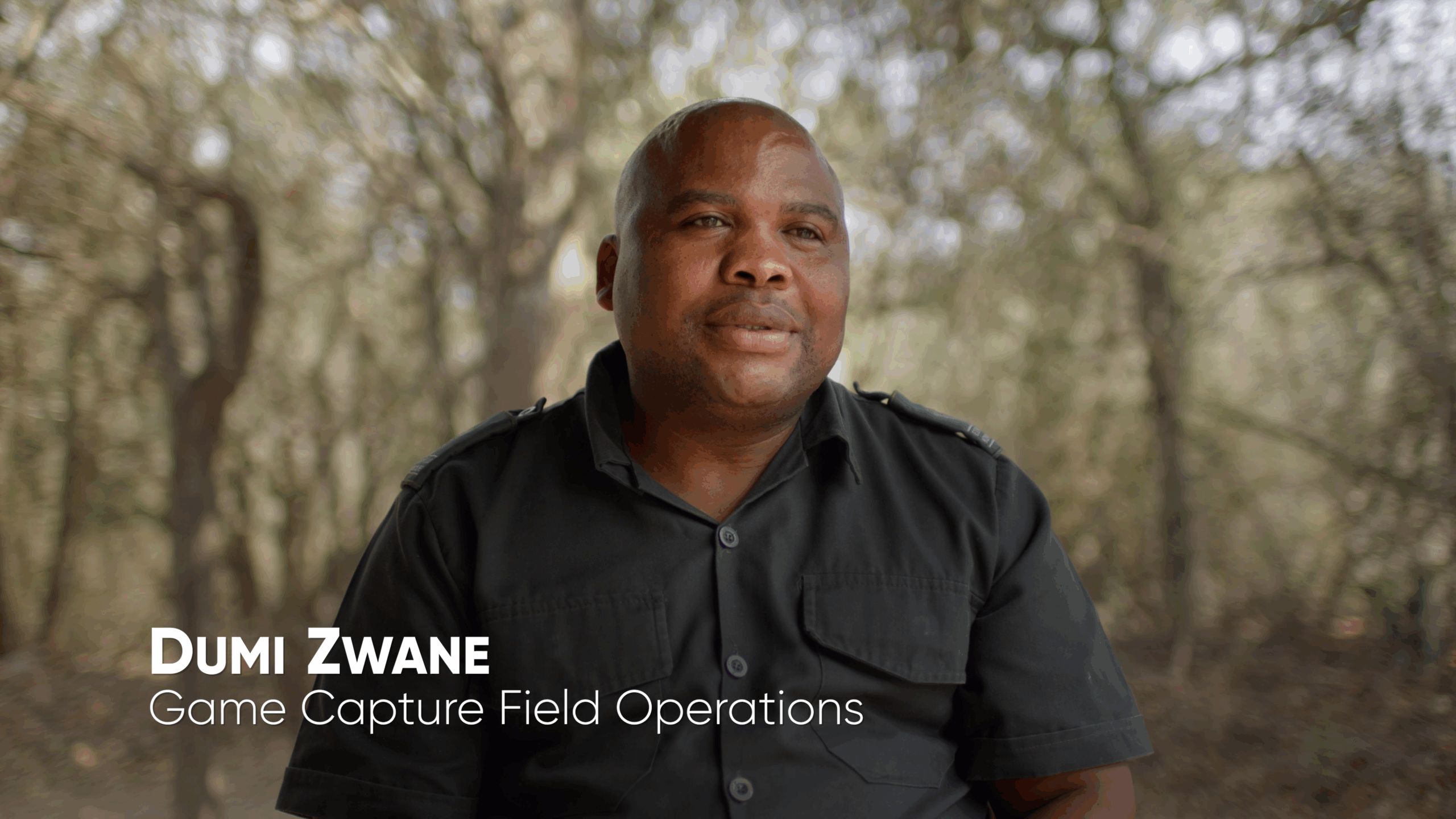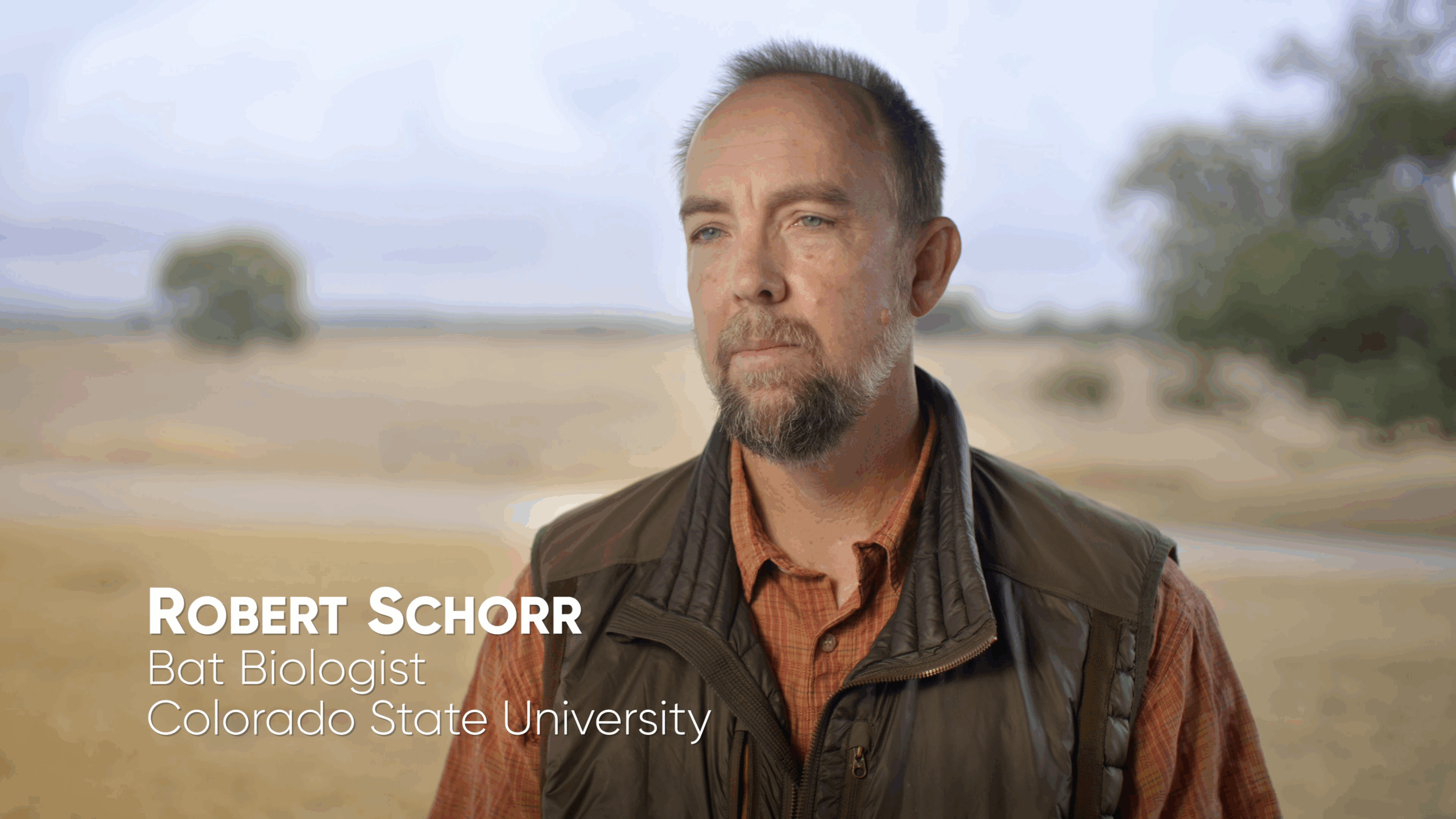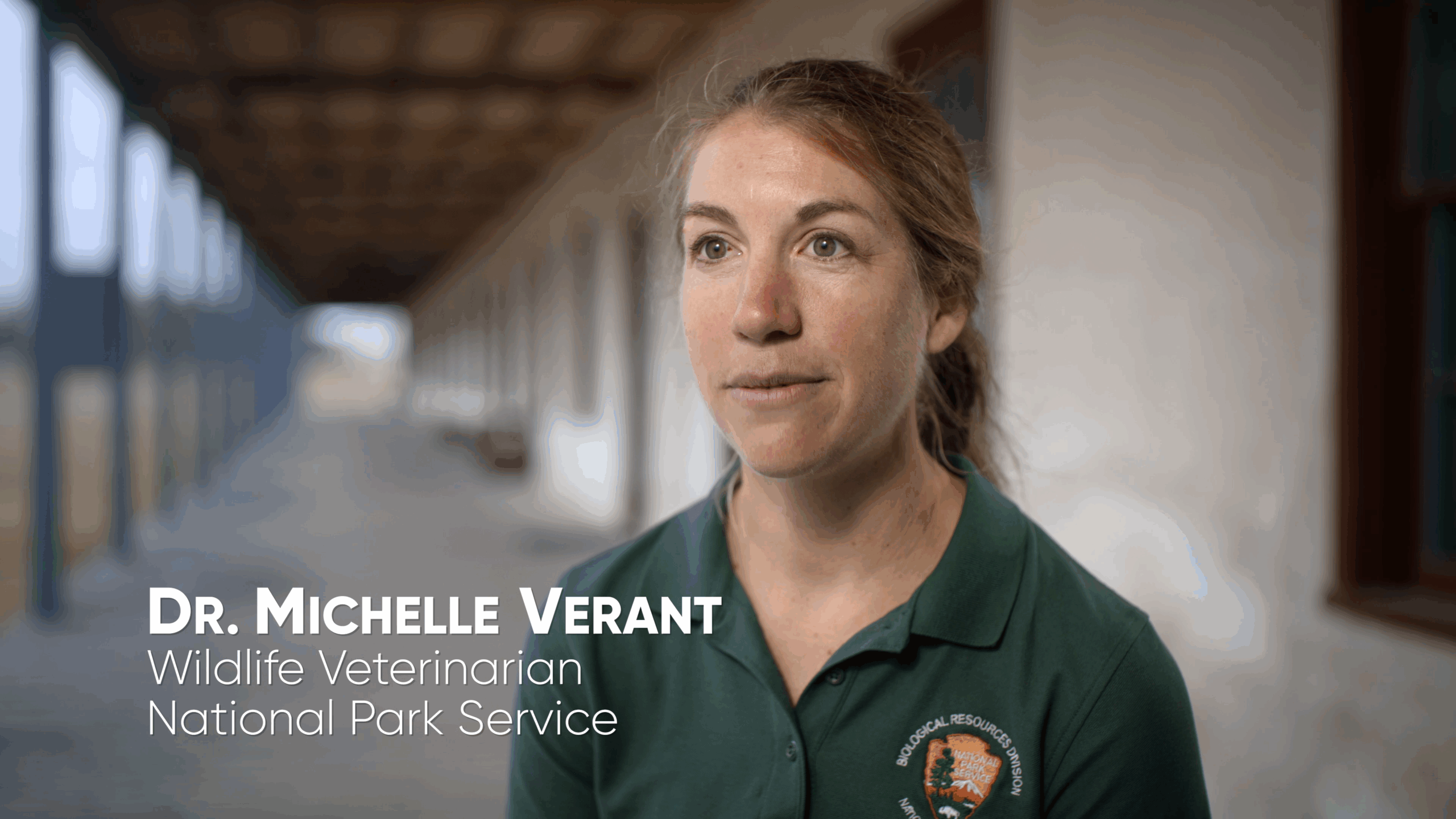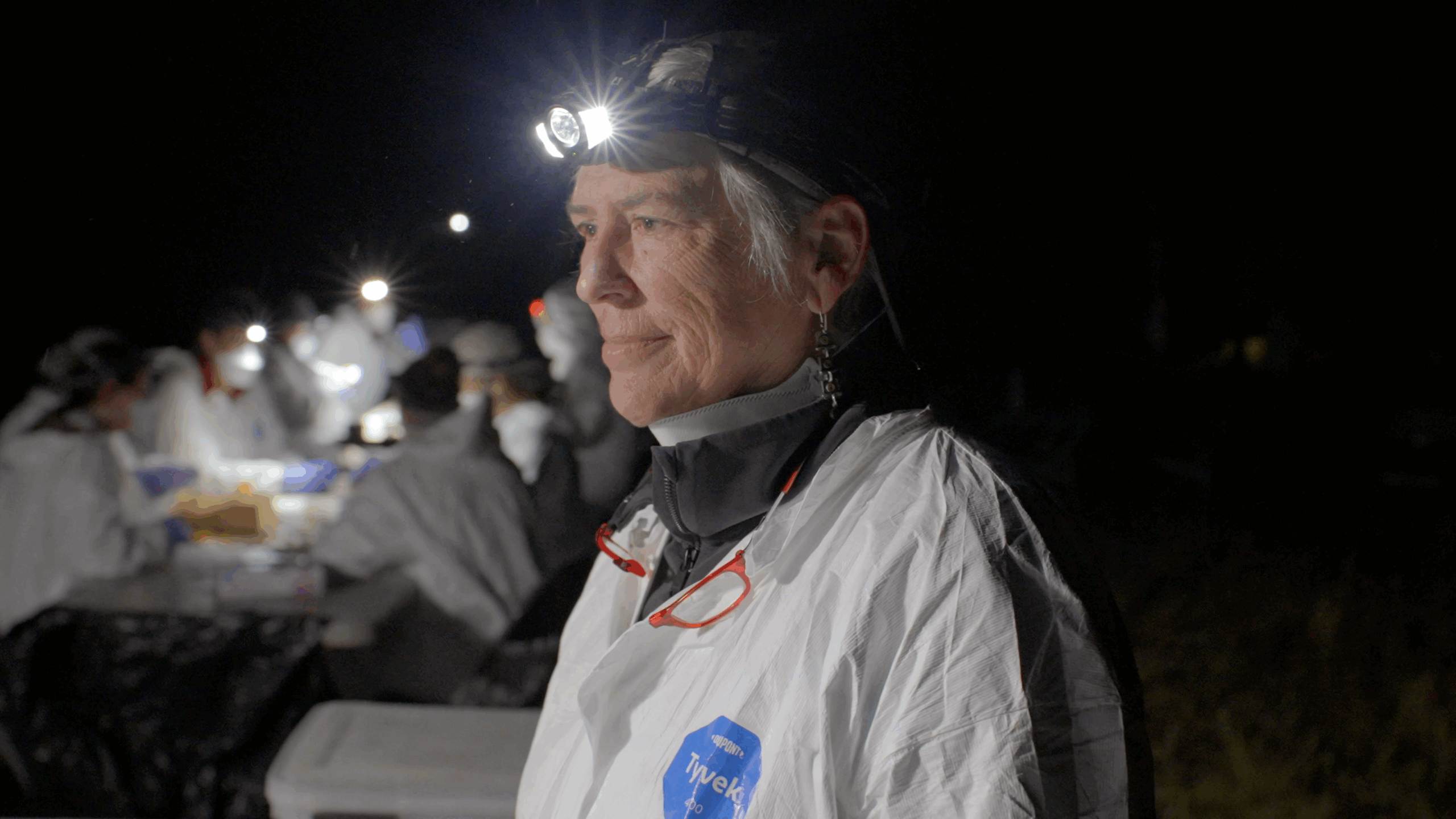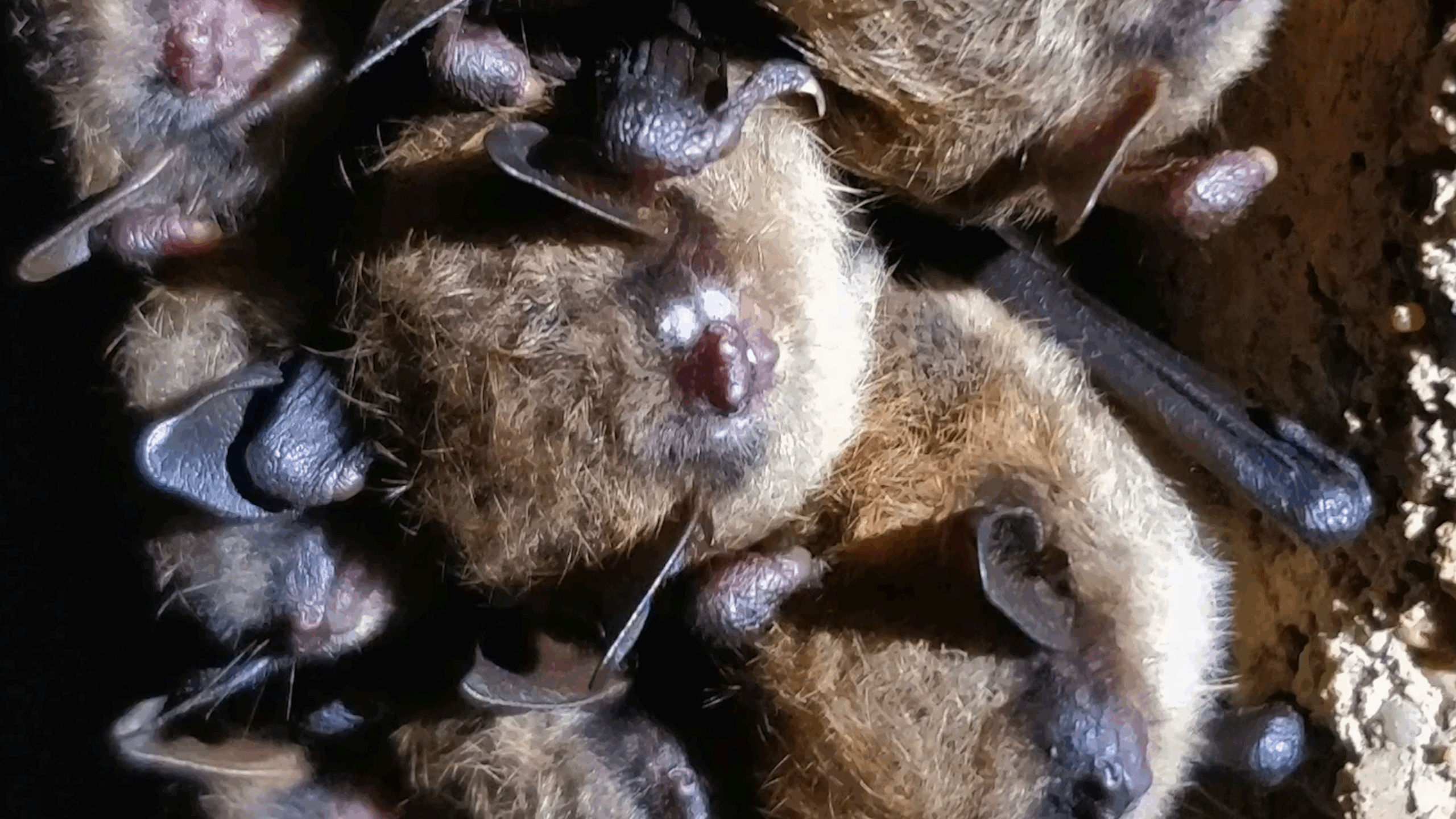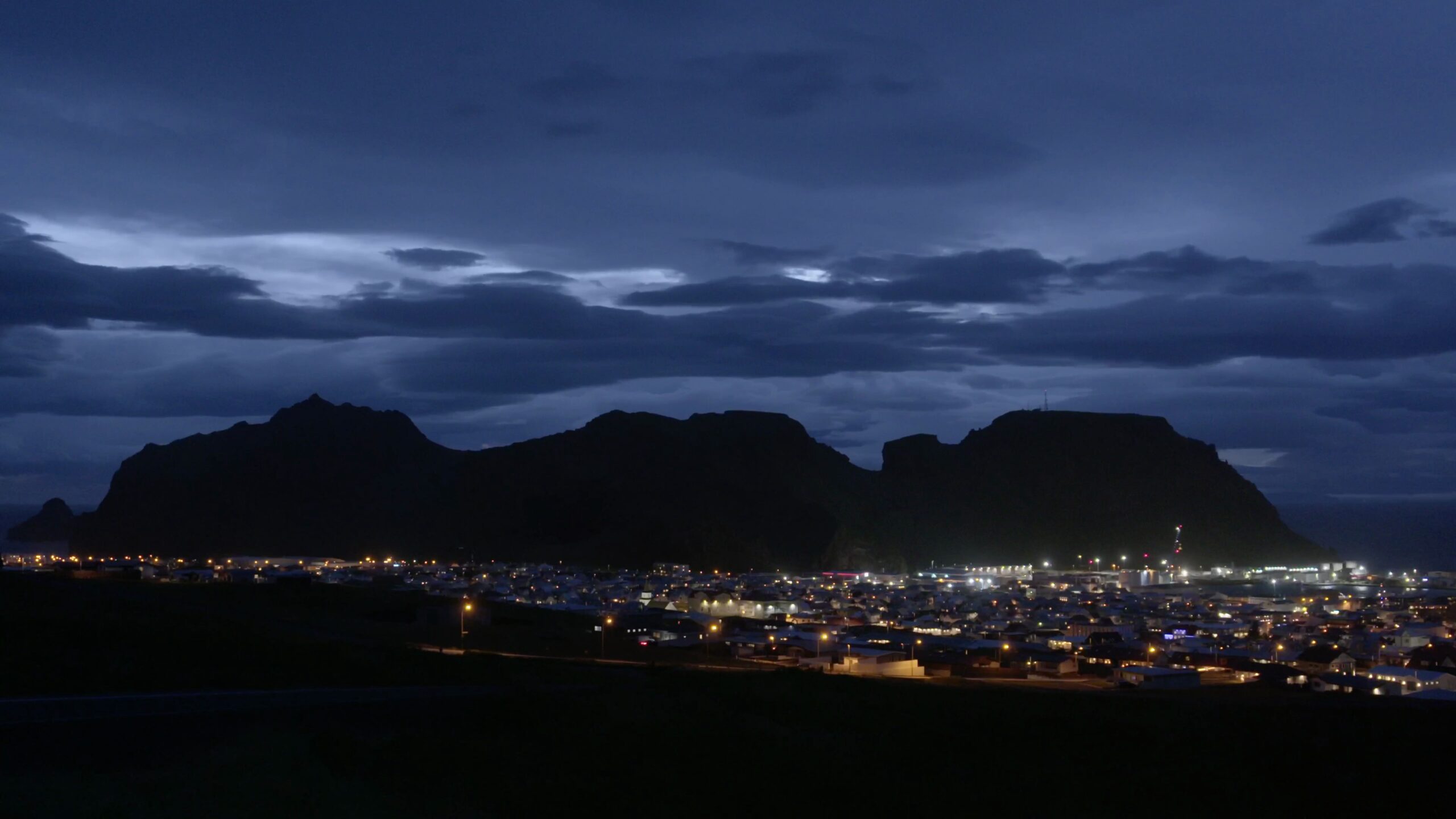Archives: Profiles
-
Operation Rhino
Operation Rhino reestablished southern white rhinos across their historic range after they nearly went extinct, making it one of conservation's biggest success stories.
-
Rhino Dehorning
When rhinos have their horns removed to deter poachers from targeting them, the process is called dehorning.
-
Poaching
Poaching is when people illegally hunt, kill, or capture wild animals for the illegal wildlife trade.
-
Craig Mulqueeny
Craig Mulqueeny is a scientific manager with Ezemvelo KZN Wildlife in South Africa.
-
Dumisani Zwane
Dumi Zwane is the acting manager of Ezemvelo KZN Wildlife’s Game Capture Unit in South Africa.
-
Rob Schorr
Rob has studied bats for 30 years, focusing on estimating the abundance and survival of little brown bat populations at risk of white-nose syndrome.
-
Dr. Michelle Verant
Dr. Michelle Verant is a wildlife veterinarian for the National Park Service who enhances and protects wildlife health and well-being in parks through technical assistance and training, policy and veterinary consultation, and science communication using approaches that recognize the interconnectedness of animals, humans, and the environment. Michelle completed her Doctor of Veterinary Medicine and Master…
-
Dr. Tonie Rocke
Dr. Tonie Rocke is a research scientist working on a vaccine for a fungal bat disease called white-nose syndrome.
-
White-Nose Syndrome
White-nose syndrome (WNS) is a deadly fungal disease that has killed millions of bats across North America since it was introduced in the early 2000s.
-
Light Pollution
Light pollution can confuse and disorient wildlife that uses the moon and stars to navigate.
